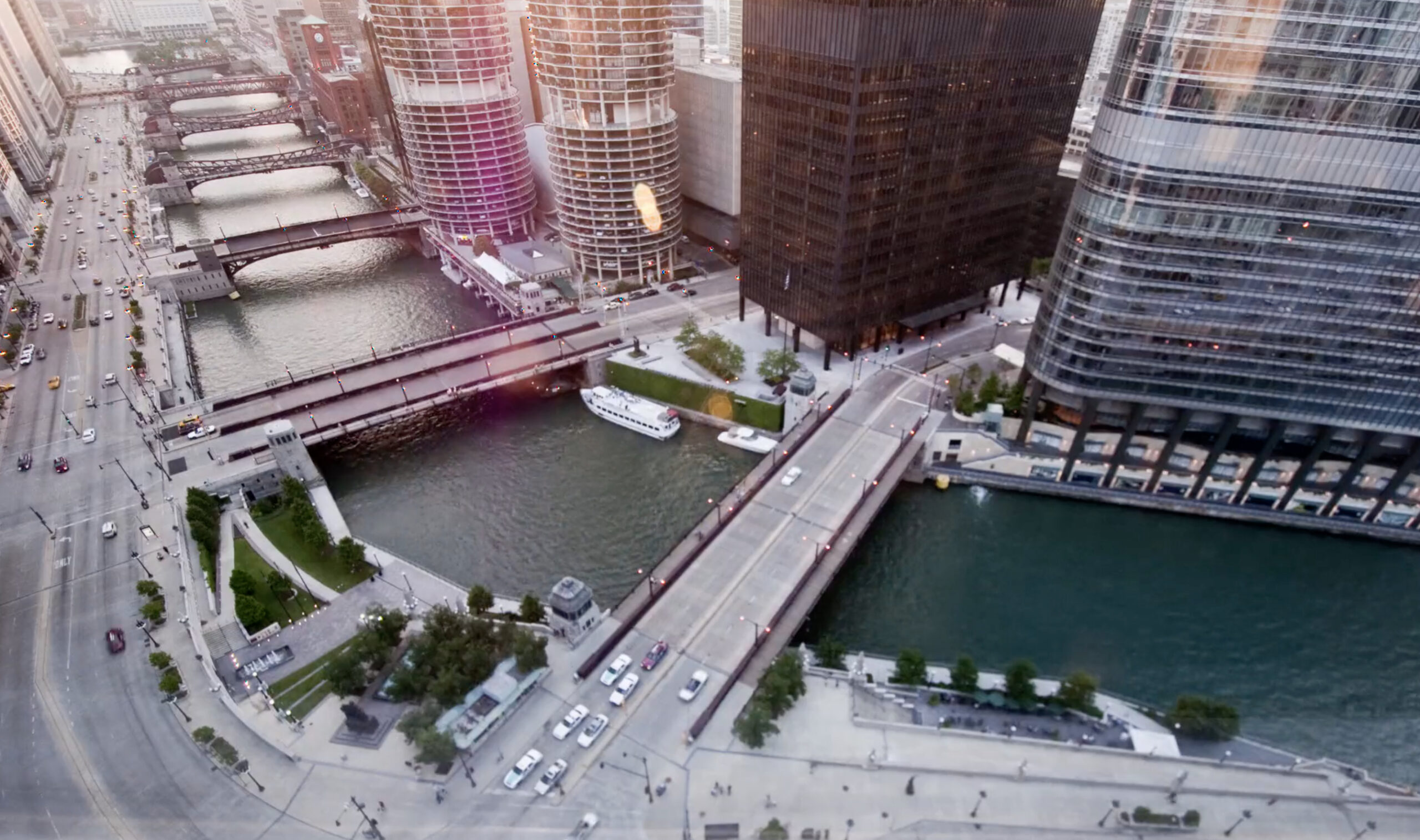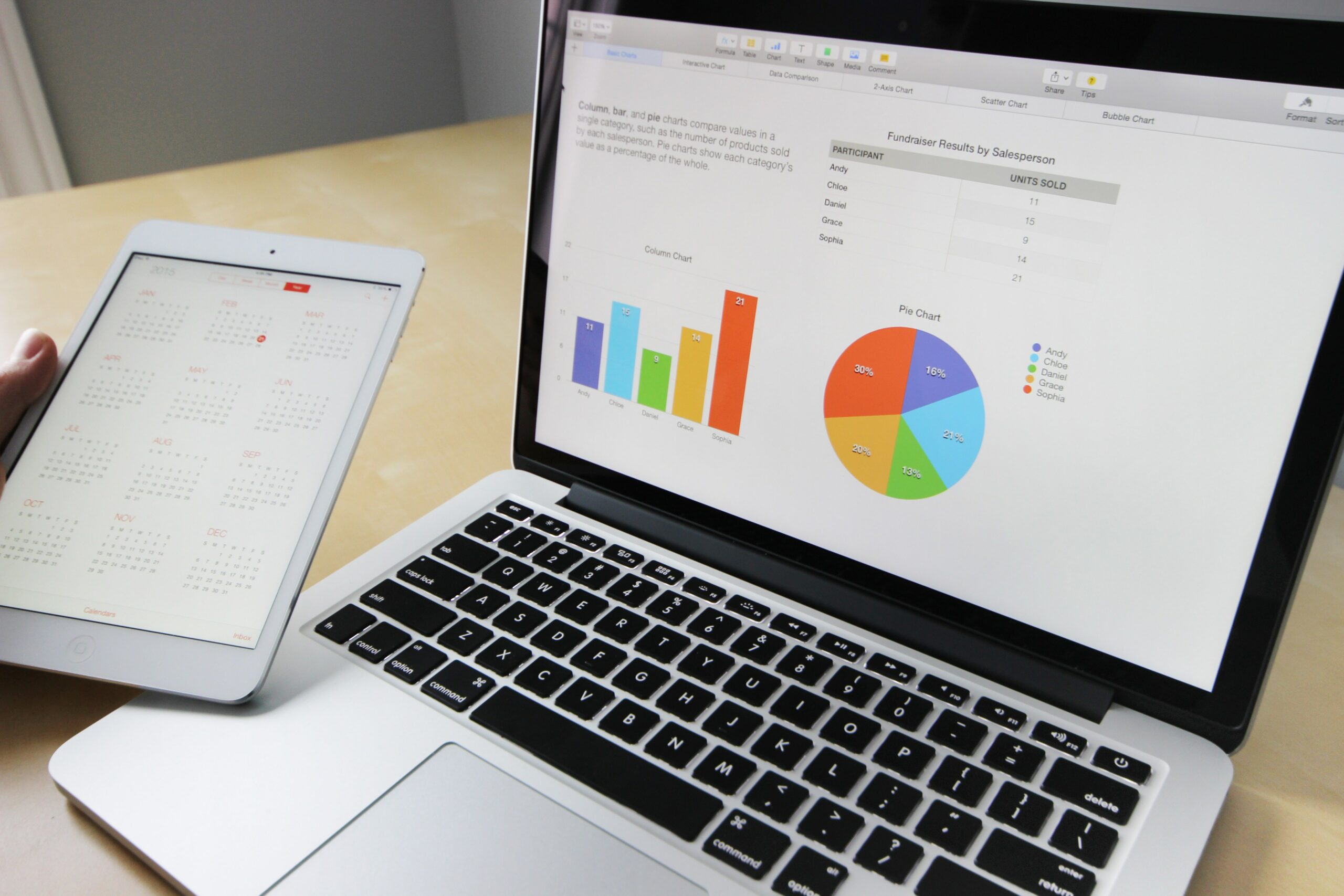The words digital video are spoken together so often, it is assumed that all video is digital. While this has been the steady direction for some time, there are still certain applications where analog signal is used for redundancy or back-up purposes.
Electronic cinematography started in the late 1980’s, and gained traction in the late 1990’s when Hollywood started experimenting with High-Definition cameras in movies. This type of footage was easier to edit, and soon it became the new standard in high-production movies. The world has not looked back since.
All Video is Not Created Equal
Today, technology moves at breakneck speeds, making it difficult and costly to remain current. Advancements in portability, resolution and frames-per-second have made filmmakers eager to constantly upgrade their equipment to stay up-to-date. It is important to know the basic differences between analog videos (or film), and the digital videos we take today.
What is Analog Video?
This type of signal consists of luminance, chrominance, and brightness. These are often combined into one channel called composite video. These recordings are transmitted as continuous electronic signals or carrier waves of specific frequencies.
What is Digital Video?
Digital video consists of binary data that is transmitted in a sequence of positive (1) and non-positive (0) states. This information is sent as a string of 1’s and 0’s. Each of these digits are referred to as a bit, and a string of bits are called bytes. In the span of seconds this information is transmitted so fast that to the naked human eye it is seen as one continuous picture, depending on refresh rate and a few other variables.
Benefits of Digital Video
The widespread use of a digital video format exists with good reason. Not only are a lot of video editing tools user friendly, they can be constantly updated for software bugs and any other glitches. Analog film would typically require a service technician or even a replacement of the entire camera or editing tool.
Pros
- Filming in this format is generally easier to store on the cloud, or a hard drive
- Is very convenient, and cost-effective to create copies
- Can have multiple simultaneous broadcasts
- Does not degrade in data quality when duplicated
- Has a wide variety of digital editing tools and applications
- Easy integration into many major social media platforms such as Vine, YouTube, Vimeo among others
Cons
- Can be expensive to purchase or maintain
- Requires knowledge and possible training in correct production and digital video editing methods
Digital Video and the Rise of Social Media
The common consensus is that the importance of digital video is closely connected with the internet and popularity of social media. This new community platform has a global reach that can be accessed by hungry start-up or well-established company. A well-executed digital video marketing strategy is essential to a brand’s success, and it is an important way to engage a target audience. In summary, it could be said that it is, in fact true that all video is essentially digital, nowadays.





















